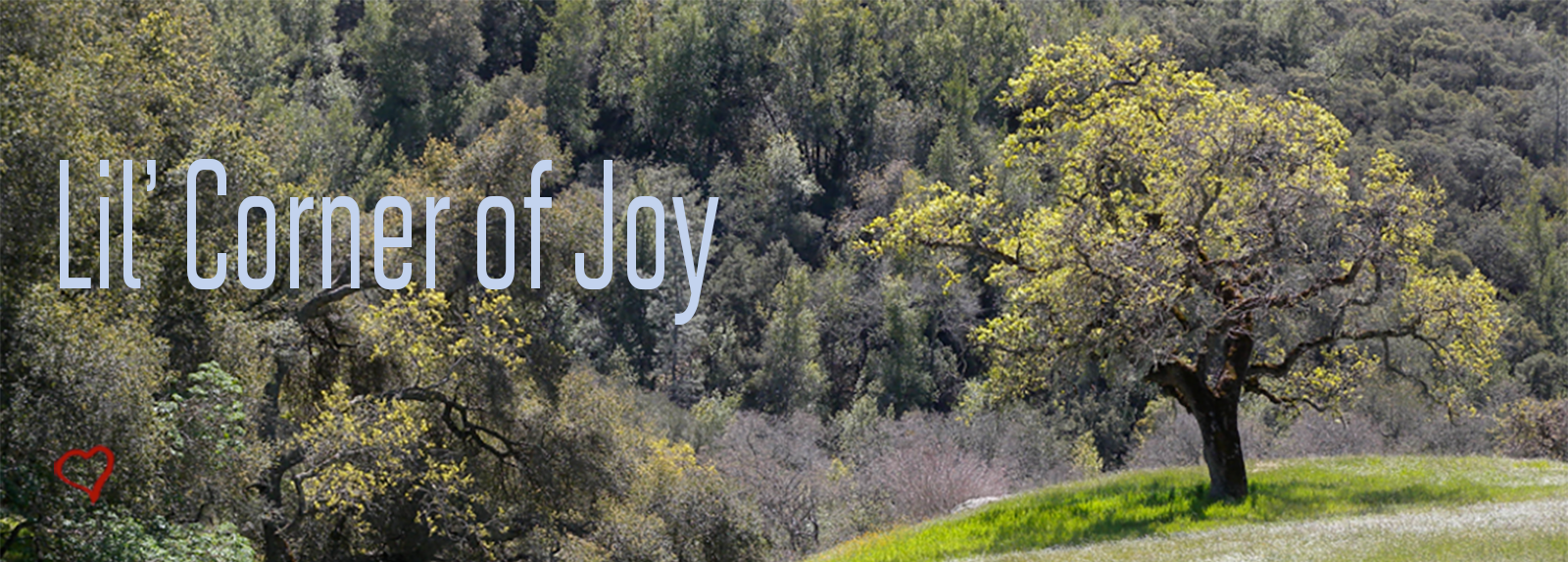A few years ago, before I realized I was writing for children, I signed up for two writing classes at once. One class was at the art center near my house and was called “Writing and Illustrating a Picture Book,” and the other at Stanford, “Writing for Children.” I always loved writing, and I had children — I felt it would be a perfect match.
I learned two new facts about myself in those classes. The first, that I love to make art and maybe could do something about it. The second, that I am writing for children, but not necessarily a picture book. Turned out that my fairy tale about the princess kidnapped in New York City by a wizard in a flying car who saves herself and marries a chimney sweep is really a novel. I lost the chimney sweep and the saves herself by screaming the wizard into oblivion, and now, a few years and lots of sweating (and some writing) later, I have a novel.
But my novel is far from perfect. Before sending it to agents, I always reread it, and I always find lots to fix. It is never finished, never enough, never perfect. But the book holds the (probably false) promise of potential perfection. If I tinker with it enough, if I identify every little mistake, surely I could make it flawless? But in paintings? There are mistakes which drive me crazy and can never be repaired. Like the too wide left wing of the dragon from the fairytale battle painting which I painted in high school, or the bicycle in the riding down the hill painting whose frame is a W instead of a triangle and really looks weird.
But, I wonder, does art need to be perfect? Brooke Scudder, a magnificent artist (whose art always seems to me to border on perfection) and the teacher of the “Picture Book” class mentioned above, thought otherwise. “Sigal,” she said to me, “the mistakes you make in your painting will often turn out to be the most unique and beautiful parts of it.” Wait, what? That makes it sound like mistakes are a good thing! That can’t be right. Right? And yet I believe her. I believe it is the mistakes in a story or a painting (or in life) that charm me, allow me to fall in love with the humanity of the creator and the creation.
This morning I read a quote by Alfred Sisley: “Every picture shows a spot with which the artist has fallen in love.” And I instantly knew what he meant. The spot that Alfred Sisley is talking about is the mistake, the place where the pen slipped, where inaccuracies occurred, where a drop fell as the brush withdrew and another red flower had to be drawn. And this spot, where the imperfections, the fallibility of the artist shine through, is what allows me to feel empathy, to recognize myself and fall in love. To feel the art through and through.

Comments are closed.